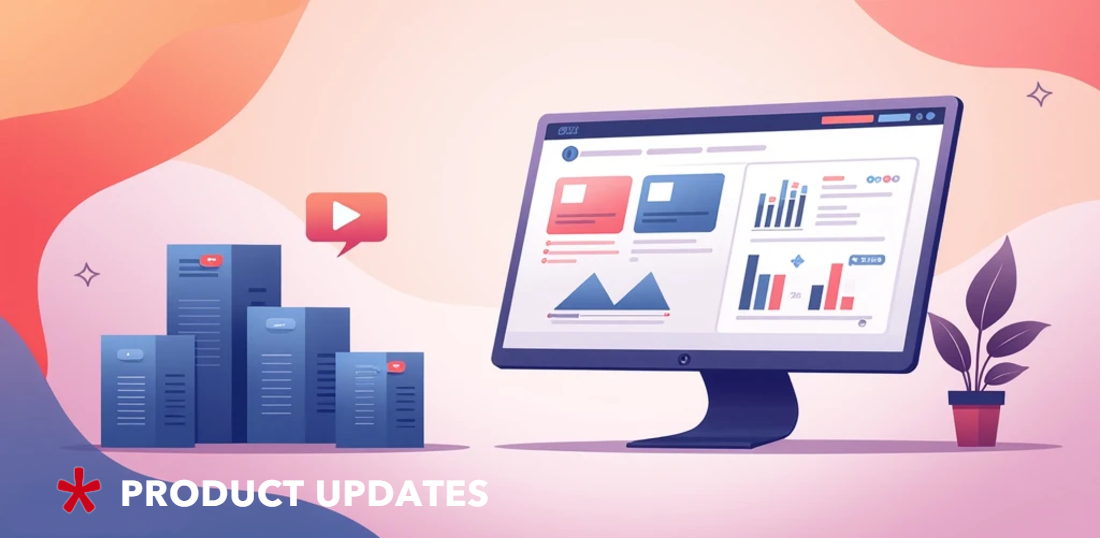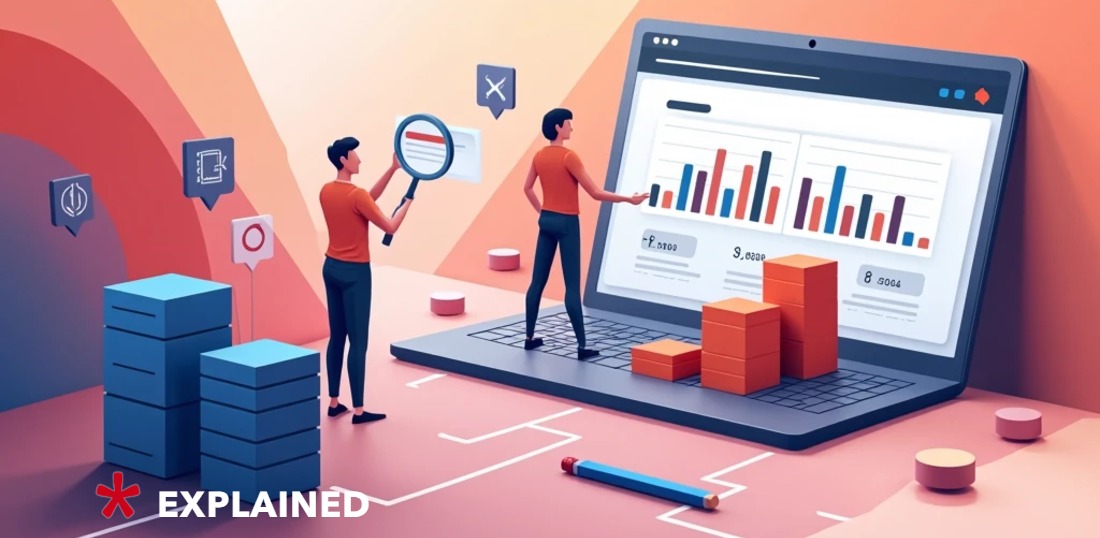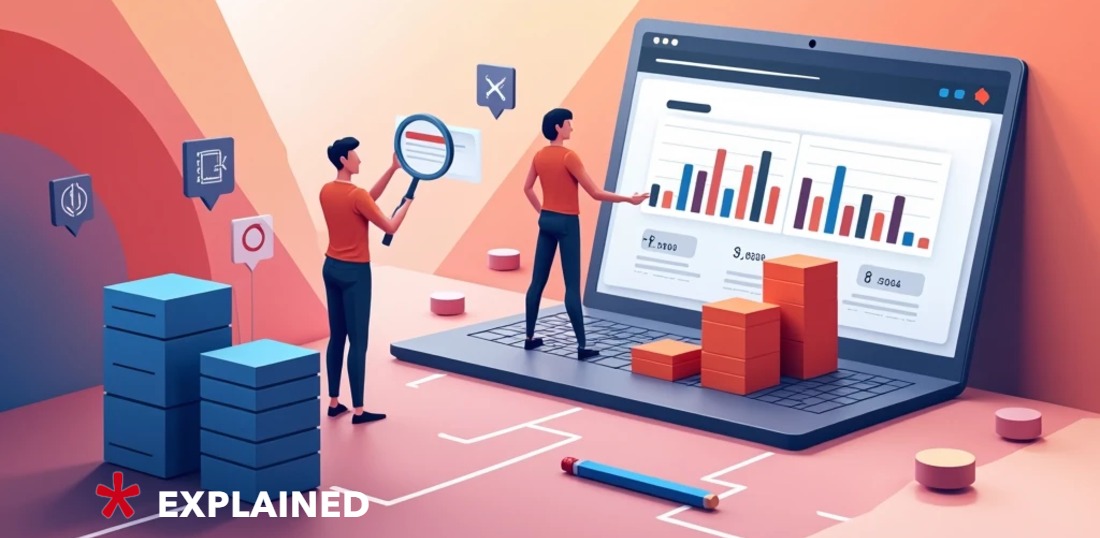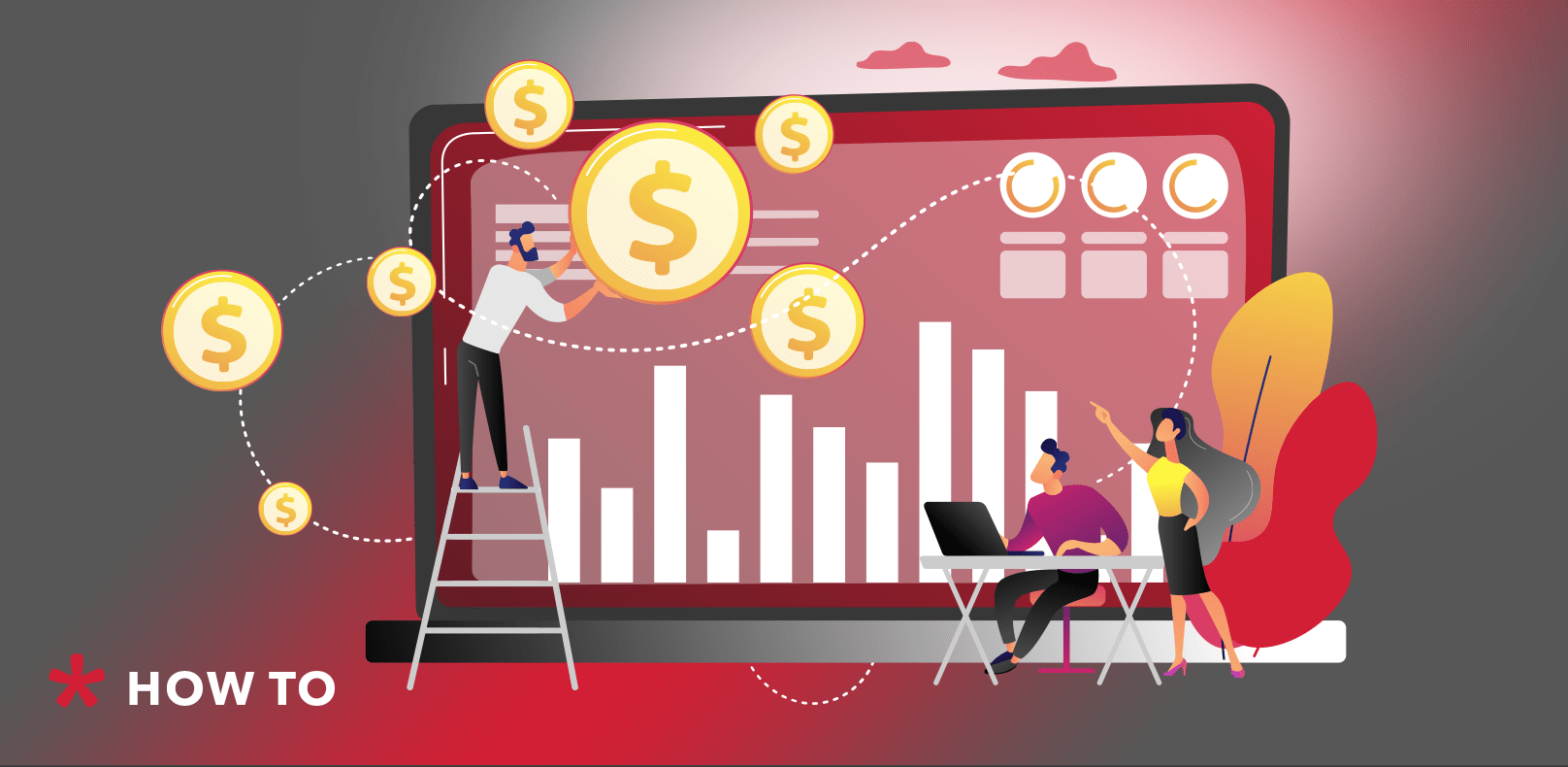
Data Monetization for Publishers: How to Collect and Sell Data [Ultimate Guide]
Recently, Ivan Fedorov, New Business Director at Admixer, conducted a webinar on how publishers can activate and monetize their 1st-party data. We are sharing the main takeaways from the lecture.
A crisis is the best time to rethink your approach to revenue. The slow-down in the advertising market pushes publishers to up their game, test new publisher monetization models, enhance technologies, and find new sources of revenue.
- Importance of Data for Publisher Monetization
- How much can you earn from data?
- Additional options to use data
- What Data Can Be Monetized?
- 1. User behavior data
- 2. Registration data
- 3. Usage of website services
- 4. Surveys and questionnaires
- 5. Intent data
- 3 Data Monetization Strategies for Publishers
- Strategy 1. Increasing CPM with advance audience targeting
- Strategy 2. Expanding data monetization with external inventory
- Strategy 3. Sell audience data to external advertising platforms
- How to Monetize Data?
- 3 tech solutions for publisher monetization
- 1. Data management ad server
- 2. Ad server and DMP
- 3. Ad server with external integrations
- How to collect data?
- How to connect different data sources?
- Monetizing publishers. How to sell data?
- 1. Sell data directly to advertisers
- 2. Pass audience segments to an advertiser’s DSP
- 3. Sell data through data exchange platforms
- Future of data in the post-cookie era
- Will contextual advertising replace audience targeting?
Importance of Data for Publisher Monetization
Advertisers started to use more data management tools for their campaigns, which makes it even more important to get the most out of data while monetizing publishers.
Advertisers might apply:
- audience-based targeting based on data collected from their sites,
- retargeting based on previous campaigns,
- outreach based on third-party data.
From 2017 to 2020, the share of data-based advertising almost doubled each year. In 2017, it was around 30%, and in 2020 – already 70%.
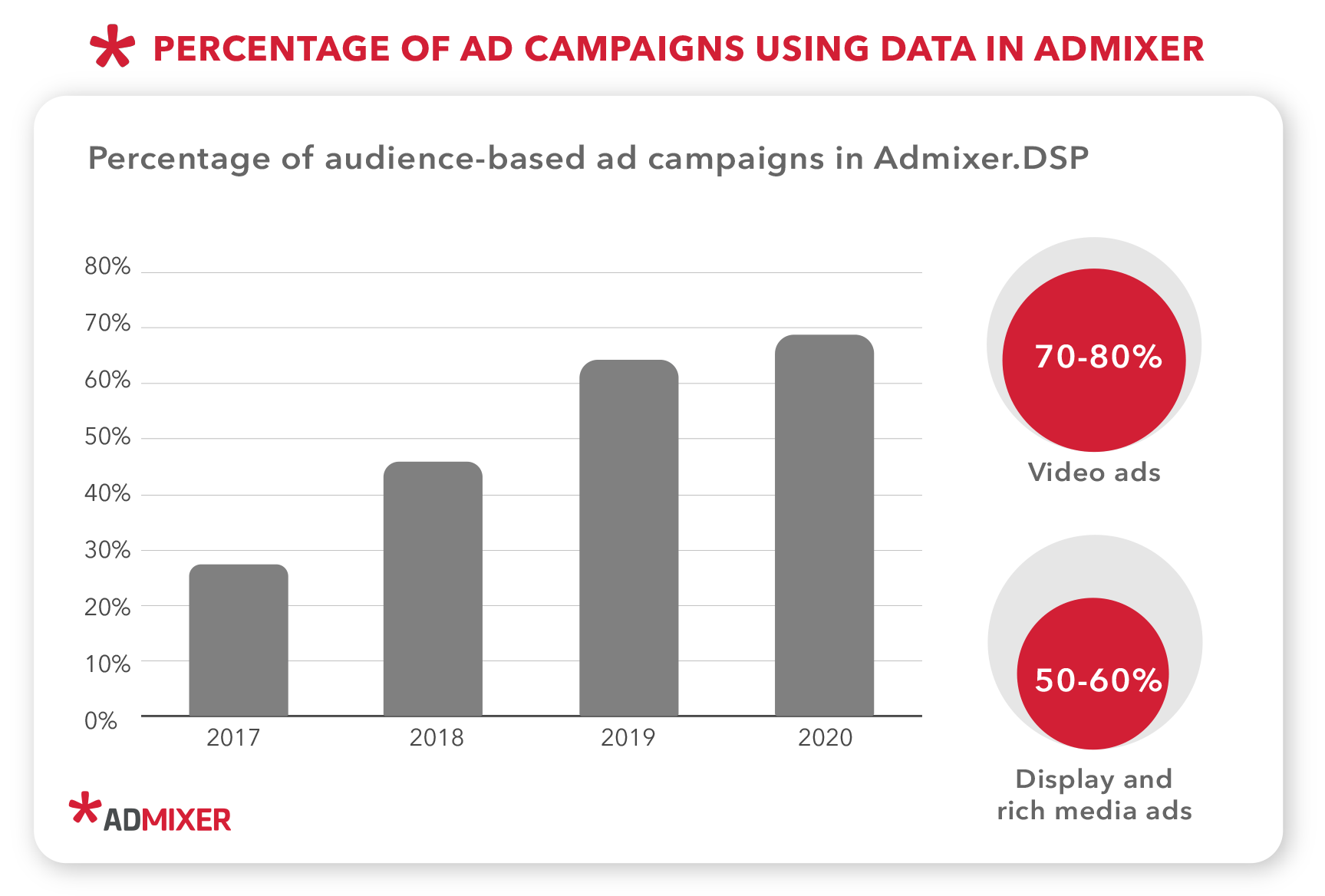
It is worth noting that video advertising accounts for the largest share of these campaigns – up to 80% of them are audience-based. This figure is slightly lower (50-60%) in display advertising and rich media, but it is quickly picking up the pace.
How much can you earn from data?
Of every $100 spent by an advertiser, on average, $12 goes to data for audience targeting. Meanwhile, data makes up to 20% of the total publisher’s revenue.
This makes data an increasingly important aspect of monetizing publishers.
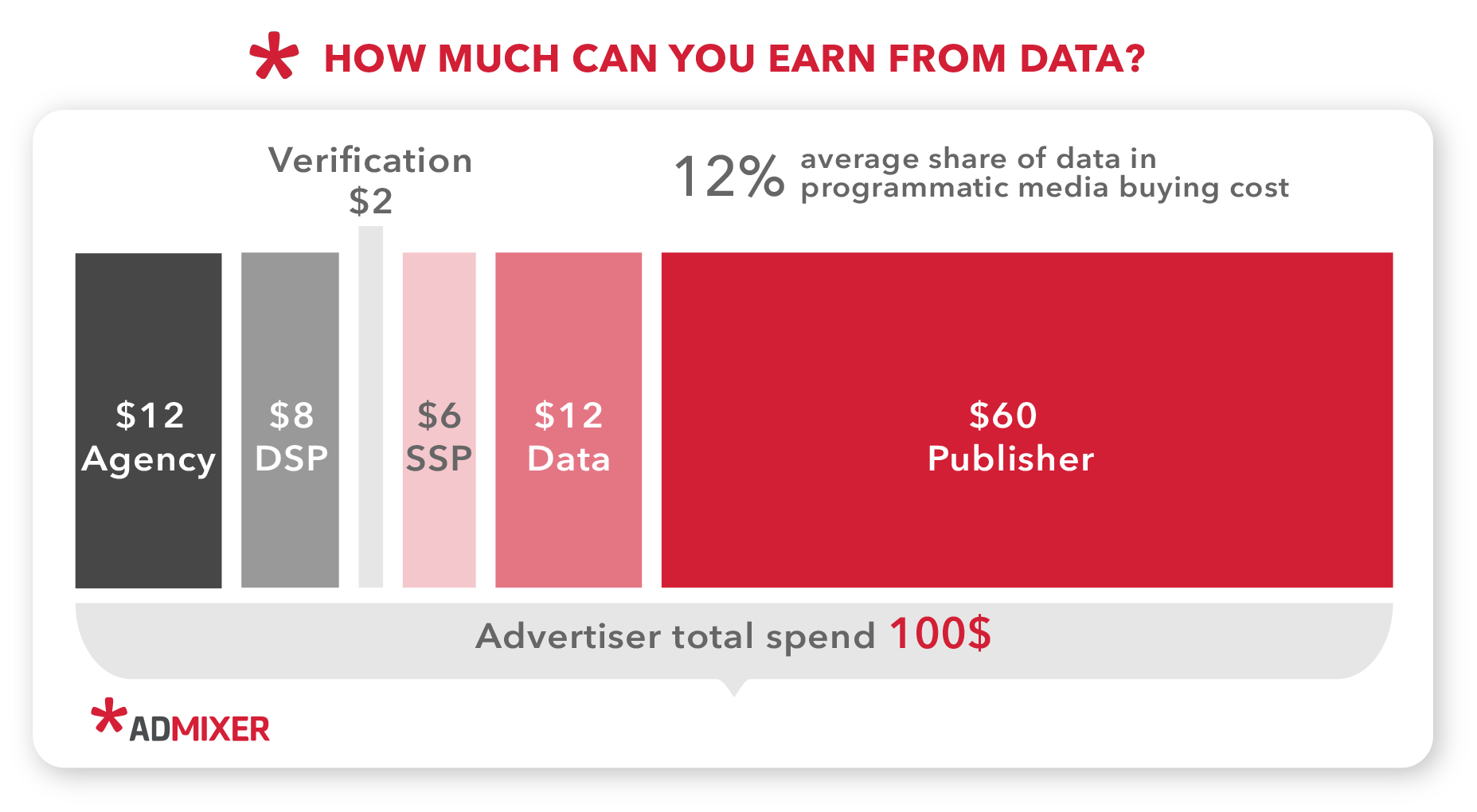
It is an average, which depends on how much of the audience is recognized on the resource and how unique and relevant the audience is for advertisers.
Additional options to use data
If you effectively collect and segment data, your offer will be more valuable to the reader and advertiser, and you will be able to:
- Personalize content. Based on the data, you can make unique offers website visitors.
- Personalize ads. Advertising customized for specific users, their interests and preferences is more effective.
- Provide analytics for the advertiser. Advertisers see what audience they can reach on your site and how much their own audience overlaps with it.
What Data Can Be Monetized?
There are 5 types of data that can be collected and used for publisher monetization:
1. User behavior data
Monetizing publishers will most frequently involve the following user behavior data:
- Most visited sections of the site. It shows materials and sections of the site that users prefer the most.
- The frequency of content consumption. It shows how often users visit the site or particular content category (every day / once a month / once).
- Interest in certain topics and genres. It defines groups of users who are interested in certain topics, which may not always coincide with the sections of the site. It can be traced with tags or additional parameters.
- Response to native ads or activation. It shows, which users most often engage with partner material an interact with native advertising.
Example: American Forbes has always been a role model in publisher monetization – the media has well-structured resources and collects user behavioral data. Forbes provides access to a wealthy audience of business insiders, innovators, and opinion leaders, and offers highly specialized segments with exclusive targeting capabilities to advertisers.
Forbes data is divided into channels (business, investment, technology, entrepreneurship, opinions, lifestyle, etc.), each including narrower sections of content interests (sports and leisure, travel, auto, personal finance, etc.).
With the help of verified behavioral characteristics, the resource allows advertisers to collect unique audience segments from more than 80 channels, analyze them, and set up accurate targeting.
2. Registration data
Monetizing publishers with data may often start by collecting website registration data. It usually includes:
- First name / last name
- Gender / age
- Place of residence
- Children
- Interests
- Thematic preferences
Example: Pet owners’ websites often ask for information about your pet, its nickname.
- E-mail, phone, log-in via social networks, which allows you to associate user data with other advertising systems.
Example: The Facebook API provides a lot of data about the user: gender, age, preferences, and interests. Although the social network has recently limited the use of this data by API, you can still justify the need for it, for instance, if your content is age-restricted.
3. Usage of website services
If your resource provides different services, you can build a portrait of users based on the services they use.
Example: TripMyDream travel website can track all the actions that specific users have performed on the website and the content they’re interested in:
- Countries where they were looking for tickets
- Preferred types of vacation
- Accommodation they choose (you can determine the level of income by the price range they choose)
- Additional services they are interested in (rental, insurance, etc.). It will help to determine, for example, whether the user owns the car.
By linking the registration data from the site, search history, and content preferences (articles, videos, reviews), you can get a holistic portrait of the user.
4. Surveys and questionnaires
This may include different types of surveys conducted through the site:
- Polls on specific materials, topics, events
- Surveys on thematic preferences
- Survey of subscribers (for segmentation of the audience according to different indicators)
- Commercial surveys (special projects with advertisers)
- Quizzes and practical jokes
The more intriguing the interaction, the better the users respond and share their data.
Example: funny polls on Facebook like “What kind of refrigerator are you?” are created solely for data collection. Data providers have received tons of user data from them.
5. Intent data
This type of data mirrors the search intent of the user and can be collected from:
- Filling out forms to download ebooks, white papers
- Filling out forms when registering for courses, webinars
- Referral links from product reviews
- Clicks on ads on certain topics
This way, you can understand which product categories your users are most likely to respond to and make an offer for advertisers based on such a portrait.
Example: Data provider Bombora works in B2B marketing and has agreements with more than 400 top publishers. Publishers transfer the data of users who download white papers and other educational materials to Bombora. The firm structures collected user data, according to various characteristics (industry, company, position) and sell them to advertisers through the programmatic platform. Publishers can collect and monetize this data as well.
3 Data Monetization Strategies for Publishers
Strategy 1. Increasing CPM with advance audience targeting
Publishers can offer their direct advertisers an opportunity to target more narrow segments of users, use the advanced data about the audience and their preferences, and charge more for these ad placements.
Example: Simpals, the largest online media house in Moldova, in the search for new reliable revenue streams partnered with Admixer to set up first-party data collection and user analytics for 999.md, the Moldavian e-commerce platform. We set up audience tracking across different categories and affinities and collected user segments for each of them. As a result, we defined 500 audience segments, which Simpals can now sell programmatically to advertisers through Admixer DMP.
Strategy 2. Expanding data monetization with external inventory
Recently, some publishers have witnessed a decrease in visits due to the growth of mobile traffic and a decrease in the number of clicks from search engines.
Therefore, even if you collected narrow and accurate audience segments, your ad inventory may not be enough to satisfy the advertisers. Alternatively, you can sell your audience data to advertisers for targeting audiences on other sites and earn a commission from someone else’s inventory.
Example: Ukrainian website Tabletki.ua meticulously collects and structures the data, but its inventory is not enough to monetize it effectively. We uploaded their audience data in Admixer.DSP and offered Tabletki advertisers to buy impressions not only on their website but also on external resources. Tabletki.ua fully manages the data monetization – they sell their audience segments through external inventory.
Strategy 3. Sell audience data to external advertising platforms
In this scenario, your inventory will not be involved at all. You collect audience segments and transfer them to external DMPs to activate your data, without engaging in direct sales.
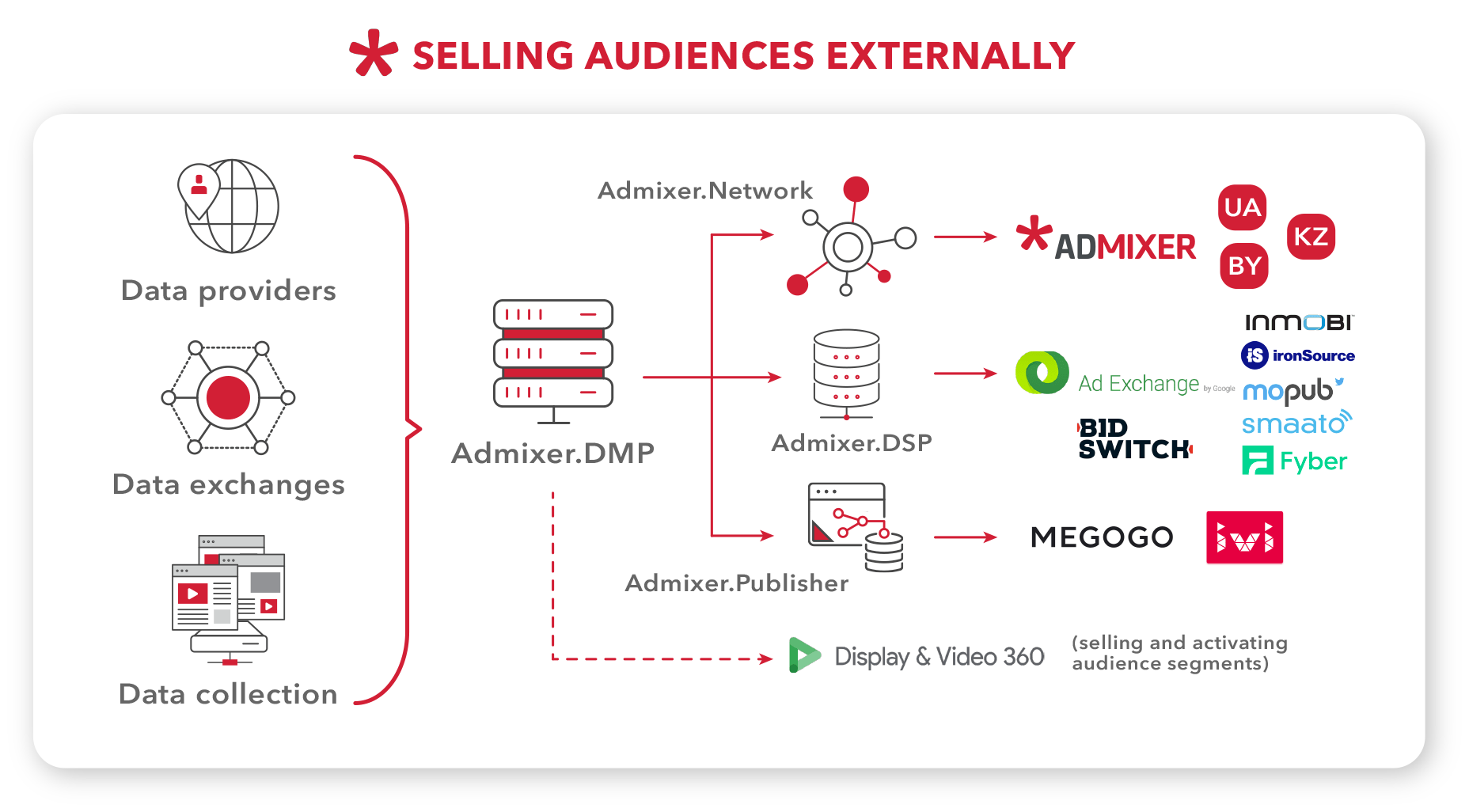
Example: The diagram above shows the data management structure of Admixer.DMP. We use data from local data providers, data that we receive from international data exchange, and first-party data from advertisers and publishers. You can then monetize this data either with your own or external ad inventory or on platforms where advertising segments can be onboarded.
If you have data that you want to monetize and transfer to a specific advertiser, you can do it within our system. Additionally, you can make your data public and sell it on global data exchanges.
How to Monetize Data?
3 tech solutions for publisher monetization
1. Data management ad server
Some ad servers have built-in capabilities to monetize the data.
The free version of Google Ad Manager doesn’t have such a functionality Yet, you can find section Audiences in extended Ad Manager 360. Audiences allos you can collect and manage the collected segments from the site.
Certain configurations of Admixer.Publisher ad server can also enable the use of data for publishers.
2. Ad server and DMP
Large media holdings might lack the built-in capabilities of an advertising server. They need to structure their data better, conduct deep analytics, perform activation in various systems, and conduct onboarding for their clients. In this case, they need a separate DMP that will work with the ad server.
Examples of global DMP solutions: Admixer.DMP, LOTAME, Permutive, 1PlusX. They allow you to combine your ad server with DMP and set up flexible data management.
3. Ad server with external integrations
If you want to activate or sell your data in external systems, DMP+DSP integrations can help you collect this data and sell it programmatically.
Example: Admixer.DMP connected to Admixer.DSP, Yandex.Metrica connected to Yandex.Direct.
How to collect data?
Your data has to be tied to a common identifier:
- A cookie if you have a website,
- A mobile ID if you have an app,
- An internal user ID if you need to match users from different platforms (e.g. apps and websites).
After setting the identifiers, you can collect additional data from different sources, whether it be a registration or a questionnaire on your website.
Example: One of the industry’s best practices of identifying users is quick registration forms on the content websites. Once the reader is engaged and half-way through the content, he is offered to register to continue reading. It usually includes name, e-mail or phone number, and readership preferences. The collected data is tied to the cookie and easily identifiable in the external networks. After you structure this data, you can sell it for use in advertising campaigns through the API or DMP onboarding.
How to connect different data sources?
The problem is that various DMPs use different 3rd-party cookies. Therefore, you’ll need to configure a matching process to match the cookie of the site on which users are registered with the cookie of the external DMP.
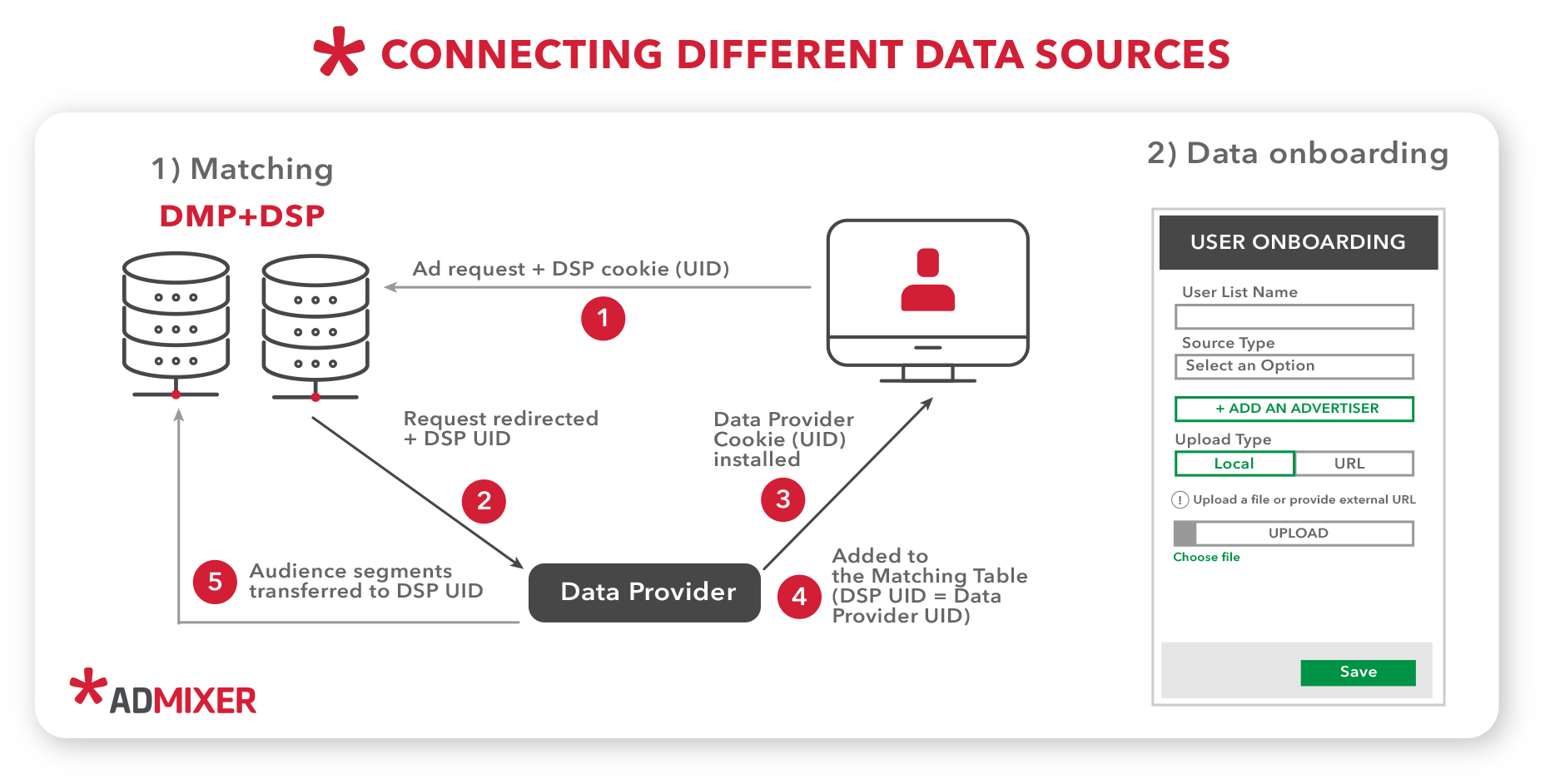
The publisher receives a cookie-matching link which activates when the user registers or logs in to the site. The user follows the link, while the publisher’s cookie goes to the matching table in DMP, where data from different sources is consolidated. After that, you can upload segments from your own cookies into the DMP, automatically matching the data from the external platform.
For mobile identifiers, everything is even more manageable. It is enough to download the list of mobile identifiers from an application or mobile tracking system and upload them to DMP via the onboarding form. After that, you will immediately have a segment ready for advertising campaigns.
Monetizing publishers. How to sell data?
1. Sell data directly to advertisers
Price model: CPM / price markup
You provide user segments to advertisers who already use your ad inventory. They will have additional targeting options when setting up campaigns and increasing the value and CPM.
For example, your CPM is $1, but with an extra layer of data, you can raise the price to $1.2.
2. Pass audience segments to an advertiser’s DSP
Price Model: CPM / fixed price
If you have a partnership with a specific advertiser, you can collect your data segments and activate them on the advertiser’s media buying platform (DSP). Sales occur on the CPM model: you set a price for 1000 impressions. Sometimes advertisers are willing to pay only for the unique users in the segment at a fixed price.
3. Sell data through data exchange platforms
Price model: CPM / revenue share
Public sales are carried out through the data exchange platform on a CPM model or for a percentage of the revenue received from advertising (revenue share).
Future of data in the post-cookie era
After Safari and Firefox canceled cookies, we can no longer recognize users in these browsers. Google Chrome will phase out cookies in 2022, and the value of 3rd-party cookies will drop to zero. The decision will impact the entire industry and we’re yet to see the results.
Surely, the value of 1st-party data accumulated on a publisher’s site will tremendously increase, but trading this data will be problematic. Since publishers track and collect audience data in different ways, it will be difficult for brands to assess overlapping audiences and consolidate data. The industry needs a unified user identifier for the entire market to manage data effectively.
There is no such solution yet, but there are several initiatives (for example, Single Sign-On (SSO) and unified ID) that partially solve the problem.
Will contextual advertising replace audience targeting?
The popularity of contextual targeting will increase significantly, but it is unlikely to cover all the losses from audience targeting (accounting for 67% of digital advertising).
To offset losses, publishers should work on detailed site categories and tags for contextual placements opportunities. Contextual targeting has significantly advanced compared to 2014-15. Advertisers now use verifiers and brand-safe tools that prevent ads from showing next to the content they consider harmful.
For example, the Integral Ad Science verifier blocked 1.3 billion ad impressions next to the coronavirus-related content.


